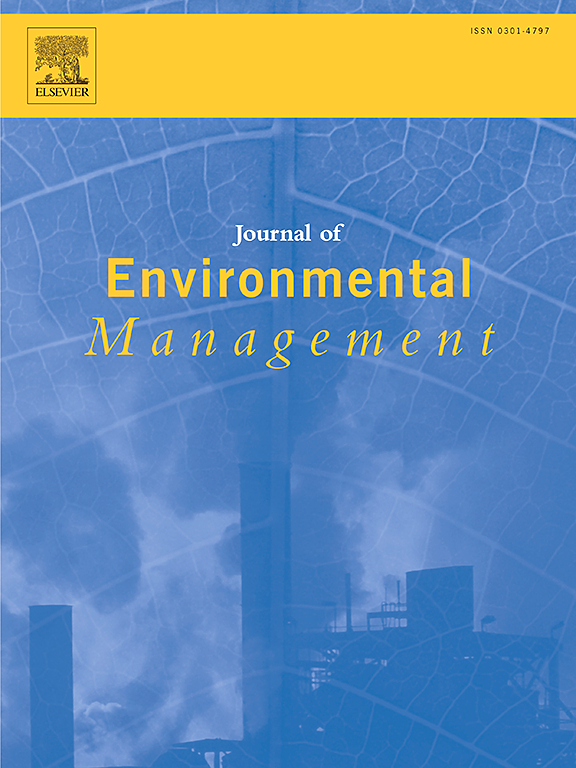The impacts of spatial organisation of settlements on access to sanitation facilities in Mwanza city, Tanzania
IF 8
2区 环境科学与生态学
Q1 ENVIRONMENTAL SCIENCES
引用次数: 0
Abstract
While spatial dynamics are widely reported to shape sanitation practices, the spatial organisation of settlements in landscape patterns have received little attention in sanitation studies. Understanding how spatial organisation of settlements shape access to sanitation facilities can help to identify necessary strategies for improving access to these facilities. However, research on the role of spatial organisation of settlements in shaping access to sanitation facilities is limited. This study examined the impacts of spatial organisation of settlements on access to sanitation facilities, specifically appropriate latrine depths. Data were generated from household surveys, key informant interviews, participant observation and documentary review. Data analysis was conducted using descriptive techniques, chi-square and content analysis. The results indicated that settlements on gentle slope had improved sanitation, followed by sloping landscape, while steep slopes experienced inadequate sanitation. The distribution of improved latrines was 60 % on gentle slope, 42.64 % on sloping landscape, and 30.36 % on steep slope. The spatial organisation of settlements in landscape patterns shape access to sanitation facilities. Progress can be achieved through government prioritization of environmental conditions in settlements development, enforcement of regulations, adoption of appropriate sanitation technologies, and implementation of effective policy governance.

住区空间组织对坦桑尼亚姆万扎市卫生设施使用的影响
虽然空间动态被广泛报道影响卫生实践,但景观格局中住区的空间组织在卫生研究中很少受到关注。了解住区的空间组织如何影响获得卫生设施的机会,有助于确定改善获得这些设施的必要战略。然而,关于住区空间组织在形成获得卫生设施方面的作用的研究是有限的。这项研究考察了住区空间组织对获得卫生设施的影响,特别是适当的厕所深度。数据来自住户调查、关键信息提供者访谈、参与者观察和文献审查。数据分析采用描述性技术、卡方分析和内容分析。结果表明:缓坡住区环境卫生状况较好,坡地次之,陡坡住区环境卫生状况较差;改良厕所分布在缓坡上占60%,坡地占42.64%,陡坡占30.36%。住区在景观格局中的空间组织决定了获得卫生设施的途径。通过政府优先考虑住区发展中的环境条件、执行法规、采用适当的卫生技术以及实施有效的政策治理,可以取得进展。
本文章由计算机程序翻译,如有差异,请以英文原文为准。
求助全文
约1分钟内获得全文
求助全文
来源期刊

Journal of Environmental Management
环境科学-环境科学
CiteScore
13.70
自引率
5.70%
发文量
2477
审稿时长
84 days
期刊介绍:
The Journal of Environmental Management is a journal for the publication of peer reviewed, original research for all aspects of management and the managed use of the environment, both natural and man-made.Critical review articles are also welcome; submission of these is strongly encouraged.
 求助内容:
求助内容: 应助结果提醒方式:
应助结果提醒方式:


